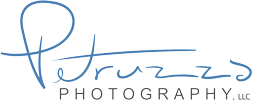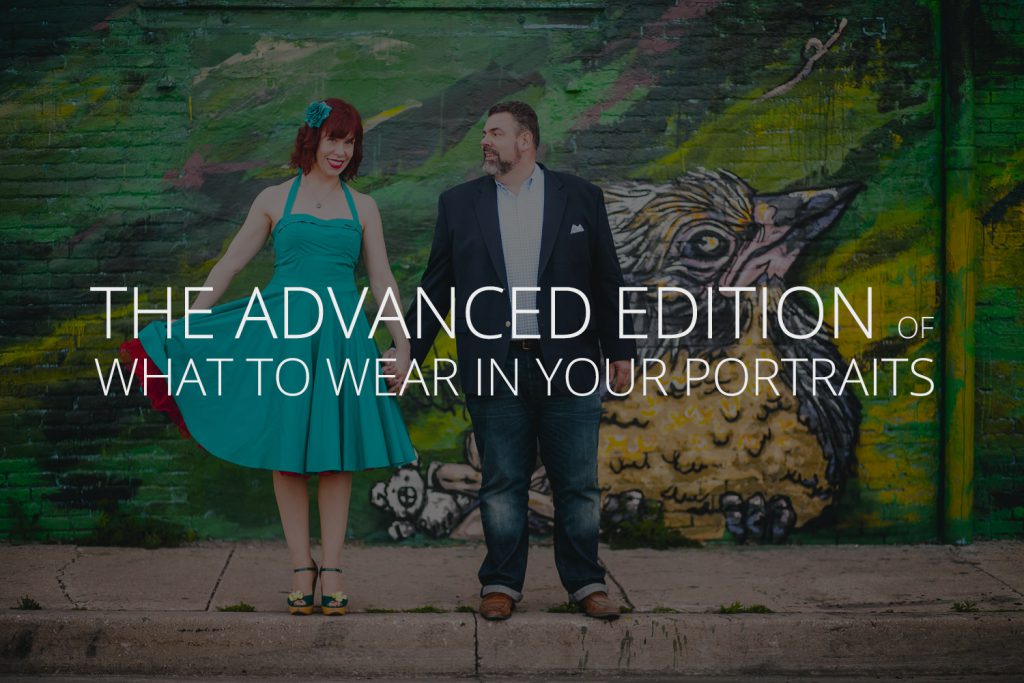For the vast majority of people, the best answer to the question “what should I wear for my portrait session” is wear something you feel comfortable in. You should feel confident about how you look in the clothes you choose. So don’t get adventurous with your fashion (unless you’re always being adventurous with fashion), just for your portrait session. Wear something tried and true, so you can work on feeling comfortable and relaxed, without clothing concerns nagging you.
But for some of you, that answer isn’t good enough. Maybe you’re a fashionista, and you know you’re not going to second guess your clothing. You just really want to pick the best clothing for the shoot. Commendable.
Advanced Edition
In real life, from inside our own head, the only coordination most of us worry about is making sure what we’re wearing looks good together. But In a photograph, especially one in natural settings, your likeness is set firmly into a complete aesthetic scene. You are the subject of that scene, but what you’re wearing is now contributing to the whole impression of that scene.
To get the most out of the clothing you choose, there are a number of wholistic coordinations to consider.
Your clothing could ‘match’ the whole scene, complement the whole scene, or contrast the whole scene. For example, you could wear a red brick-patterned dress in front of a red brick wall, and you’d be matching the whole scene. Or you could wear a green grass-patterned dress in front of a red brick wall, and you’d be complementing the scene. Or you could wear a blue polka dotted dress in front of the red brick wall, and you’d be contrasting the scene. By wearing complementing clothing, you would seem to “fit” the scene. Wearing contrasting clothing, you’d seem to pop out of the scene, and wearing matching clothing you’d disappear into the scene.
A piece of clothing is a collection of independent parts and qualities that make up something greater than the sum of their parts—just like the scene in which you will be photographed, and you yourself as a human. For our purposes here, the qualities we’re thinking about are color, shape, line, and meaning. These aren’t official terms, they’re just the ones that I’ve found useful for communicating the most important concepts.
Color
Colors “match” when they are the same. So when the scene is filled predominantly with a certain color, like green, wearing mostly green clothing will cause you to blend in more, and stand out less. On the other hand, complementing colors are colors found opposite each other on the color wheel; yellows and blues, greens and purples. If you shoot in a predominantly green scene, and wear mostly shades of purple, you’ll seem to fit in, but not blend in, with the scene’s surroundings. Contrasting colors are any colors that are far away from each other on the color wheel, so contrasting colors might also be complementing colors.
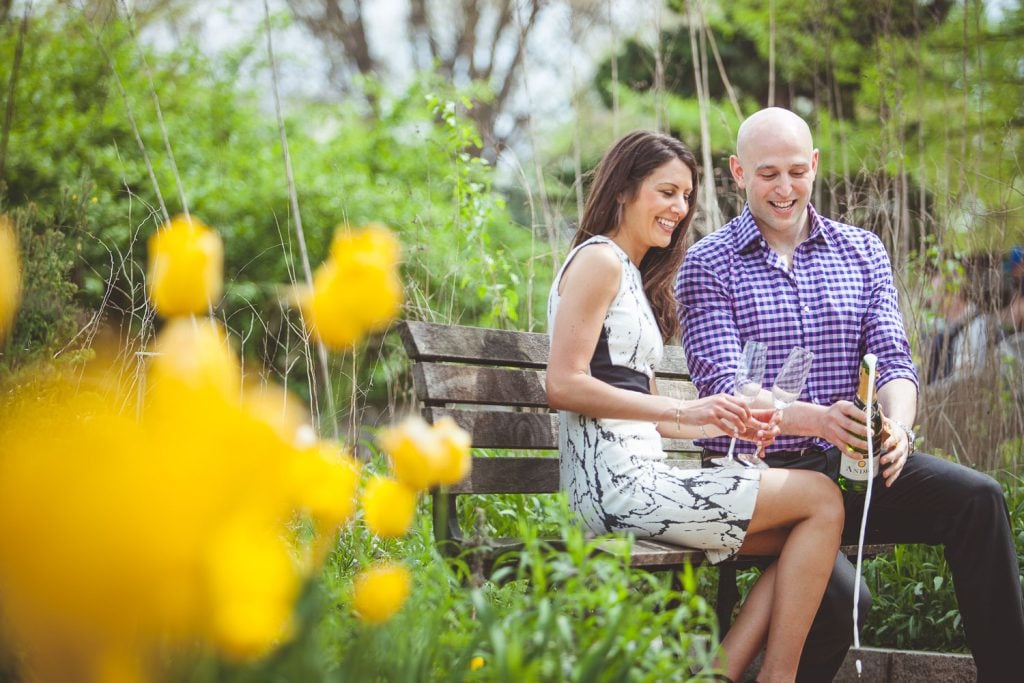
Shape
By shape here I don’t necessarily mean the silhouette shape of the clothing you’re wearing. Rather, I mean the way the clothing clings to you, or hangs off you, and what sorts of shapes the material makes in the process. Even so, it’s up to some interpretation. For example, if you wear a long scarf, the hanging ends of the scarf would have a strong vertical shape. The scarf could be seen as “matching” a scene full of strips of fabric hanging on the wall in the background. It could be seen as complementing a scene with lots of stone pillars in the background, as it shares a similar shape but is perfectly flexible against the stone’s rigor. The scarf could also be seen as contrasting a scene with a big checkerboard in the background, because the shape of the scarf doesn’t really call to mind a checkerboard in any way.
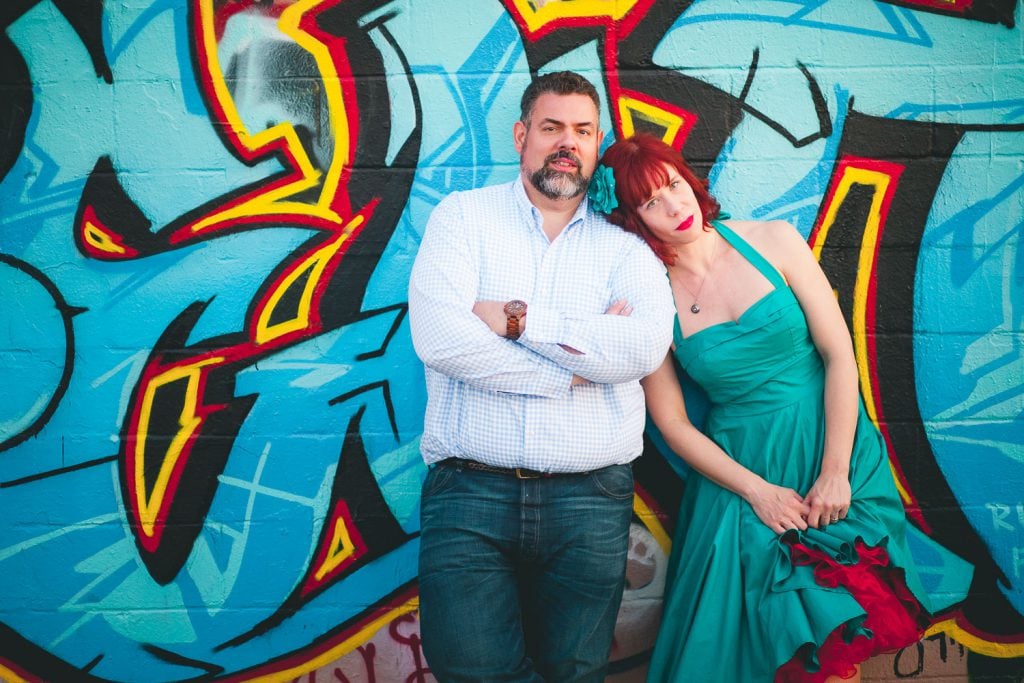
Pattern
The pattern refers to the patterns printed on clothing, to the patterns created by the way the clothing casts shadows on itself, and the material’s surface texture. All of these can seem to match, complement or contrast the scene, but it’s up to heavy interpretation. For example, a silk dress could match a scene photographed on a bed of silk sheets, but also might match a scene full of silky-swirly water. A vertically striped dress could complement a scene with strong horizontal lines, such as the siding of a house, or it could be seen as contrasting that same scene since horizontal isn’t necessarily “incomplete” without vertical. And a polka dotted dress might be seen as complementing a scene in front of a checkerboard when they are erratically arranged, or matching when they’re placed in the same pattern, or contrasting because they’re circles not squares.
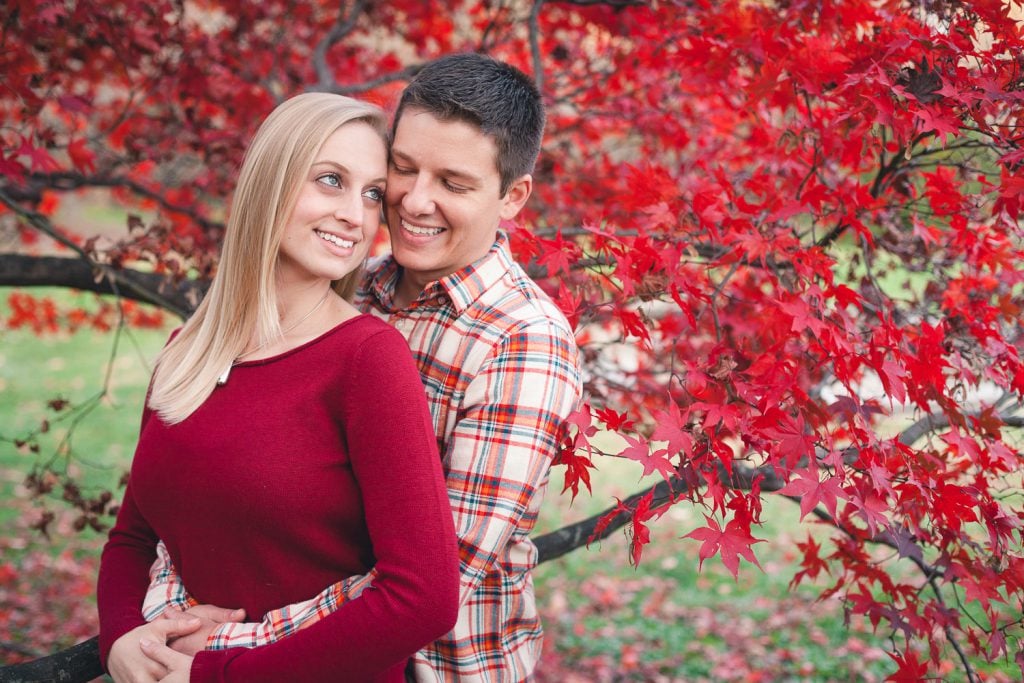
Meaning
Meaning is entirely subject to interpretation. When I say “meaning” I’m mostly talking about the social context of the clothing. What does the clothing mean, and what are the connotations in the minds of others when they see that clothing. For example, mismatched colors in clothing might mean rebellious, or it might mean lazy, in people’s minds. Mismatched socks in a messy apartment scene, and mismatched socks in a hip college town scene both might be seen as ‘matching’ the meaning of the scene, or depending whose looking at it, maybe complementing the scene. Likewise, a colorful polka dotted dress might connote to “friendly” and “chipper” in people’s minds, so if it’s placed in a scene at a funeral home or courthouse, it might be seen as contrasting, or again, depending on who is looking at the image, maybe complementing.
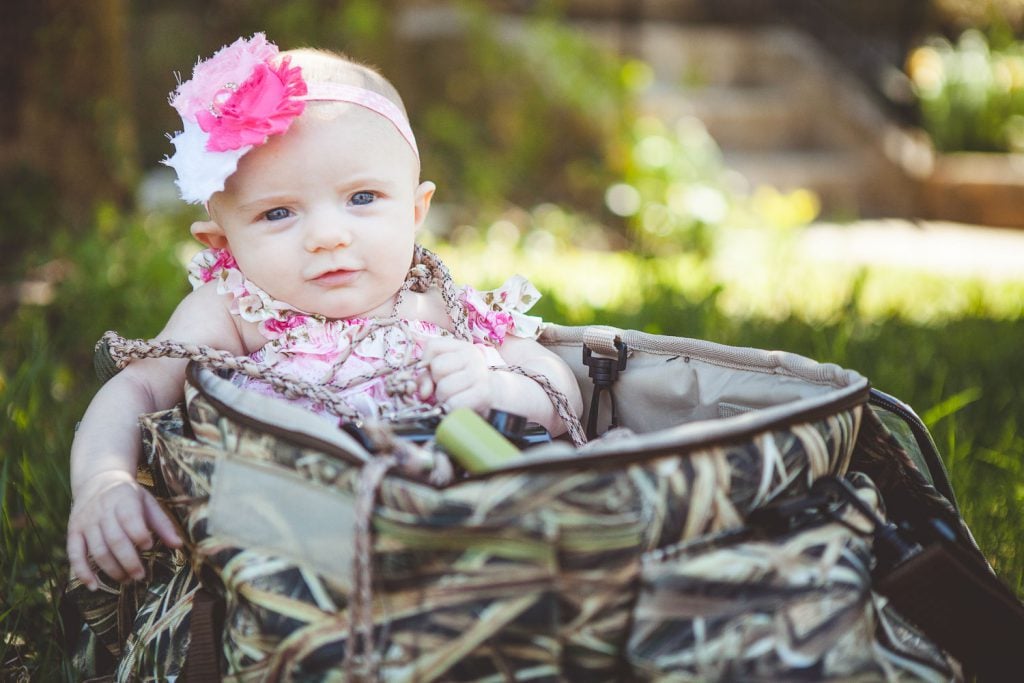
How to put it all together
However. You. Want.
The thing about the advanced answer is that it can’t take the guesswork out. It’s mostly just a collection of language conventions to help us think about specific details that might have otherwise eluded us. It won’t tell us the right answer, because the advanced answer is that you have to decide. The message your clothing brings to your session is up to you. Art is the exercise of intention in creating something, the more understanding you have at your disposal, the more intention you can put into what you’re creating. In this case, an outfit.
If you start thinking through your clothing choice in this way, you’ll quickly find that there is no such thing as the “perfect outfit”. Colors may complement, while shape and pattern contrast, and meaning matches–and none of those is objectively right or wrong. Just like spoken language, it’s about deciding what you want to say and how. These concepts are the vocabulary and grammar you can use to say it.
